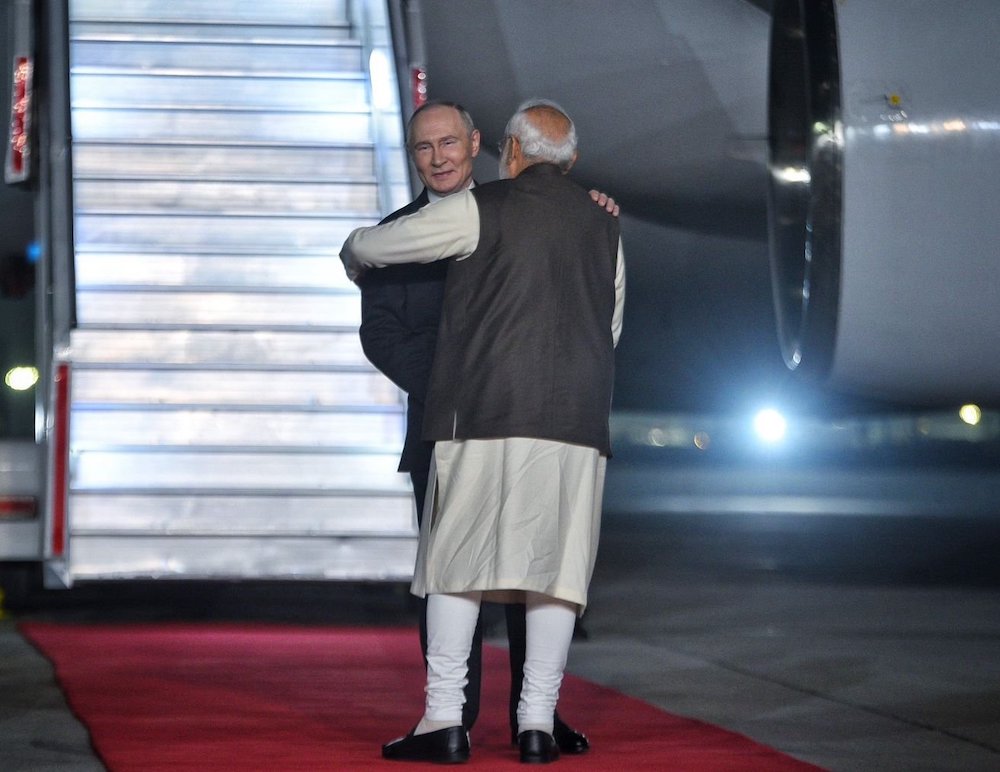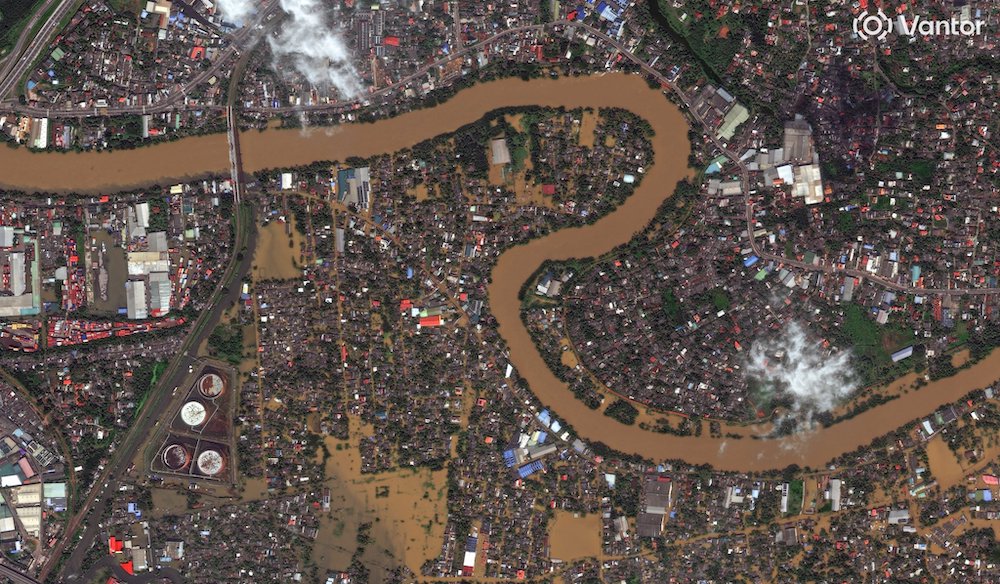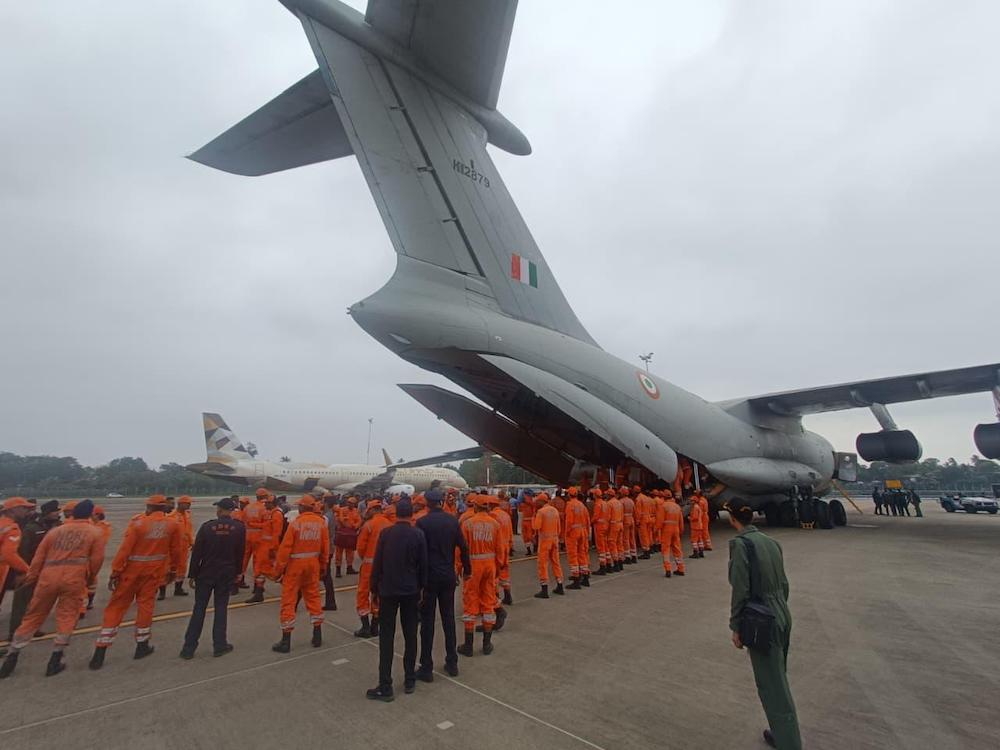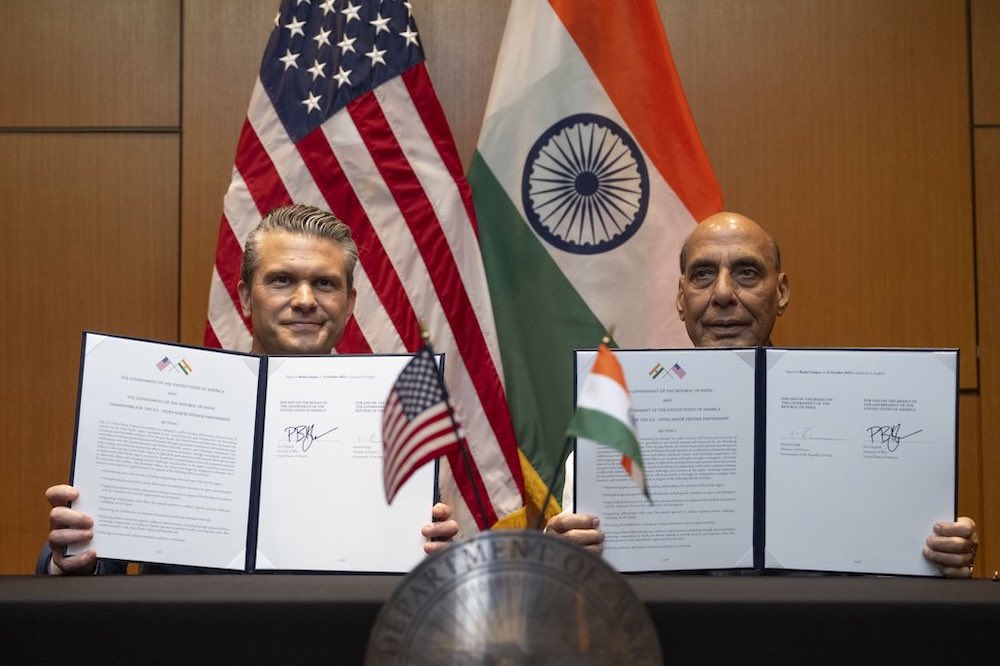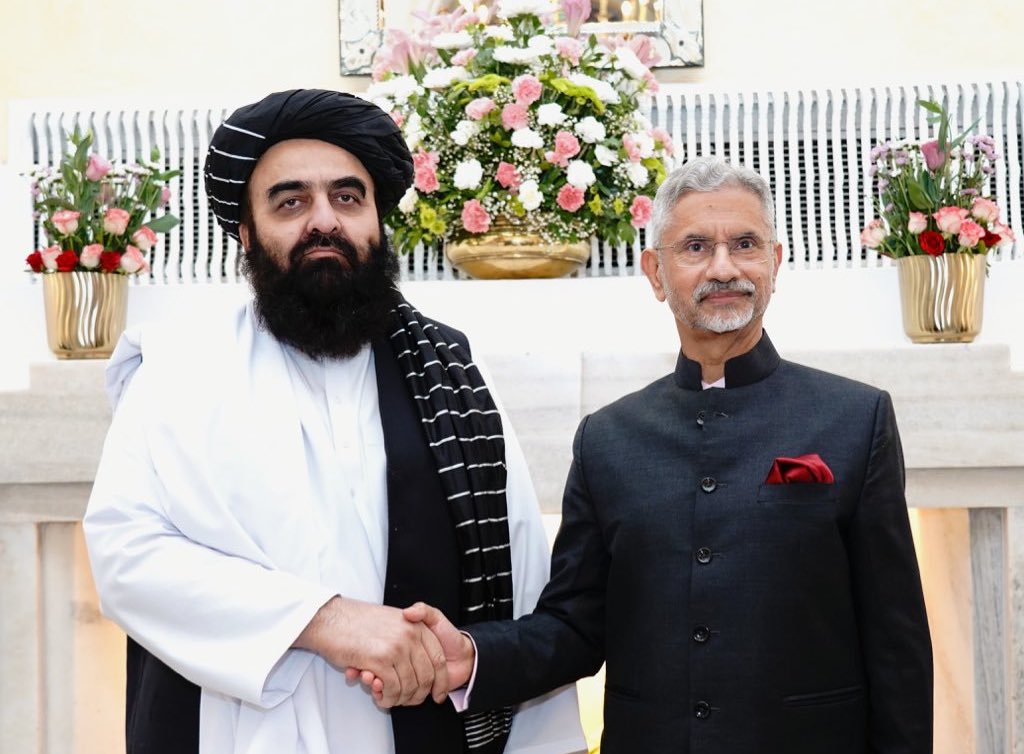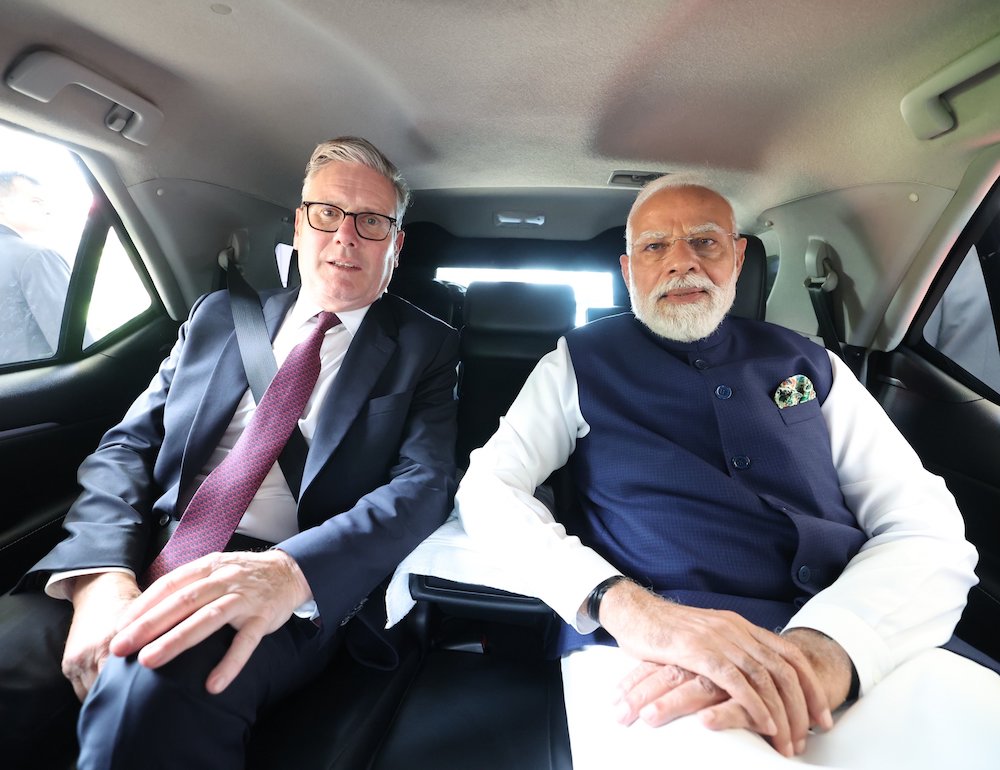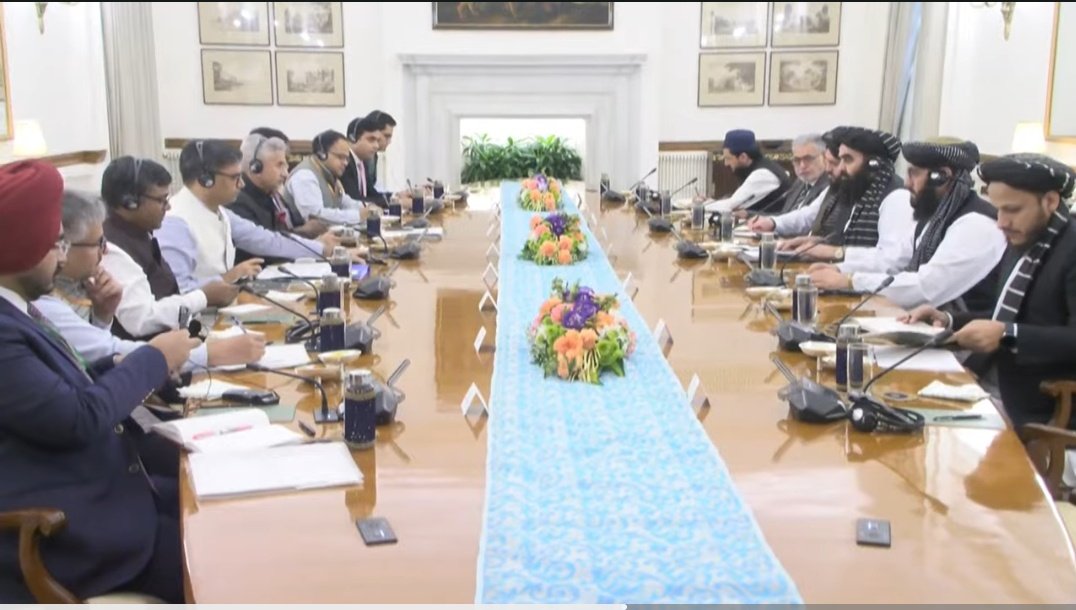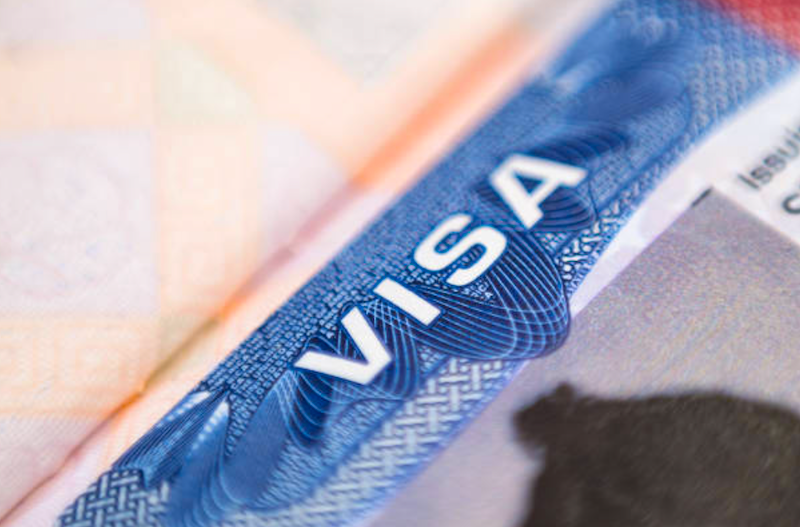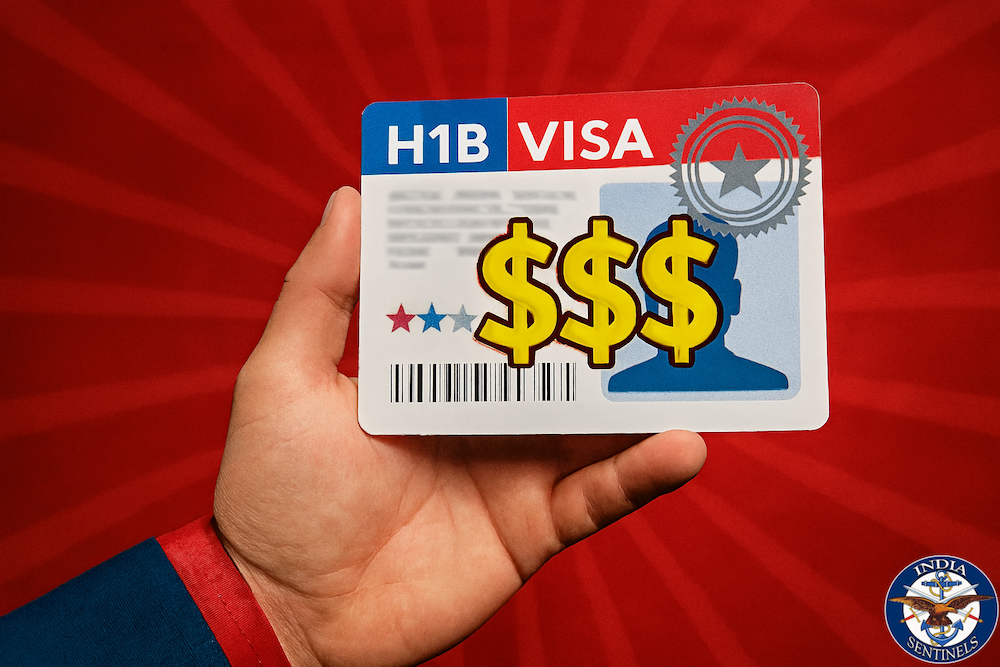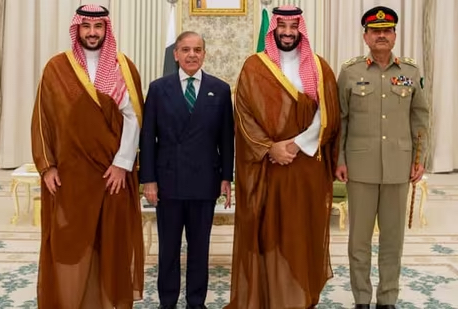 Donald Trump (L) and Narendra Modi.
Donald Trump (L) and Narendra Modi.
New Delhi: The United States president, Donald Trump, has imposed sweeping 50% tariffs on India. This marks the most severe deterioration in bilateral relations since the countries began their strategic partnership in the early 2000s. The move places India alongside Brazil as the only nations facing such punitive trade measures, while China – Russia’s largest oil customer – secured a 90-day reprieve from similar penalties.
However, Trump’s executive order provides a 21-day implementation window for the additional tariffs, creating space for continued negotiations. This suggests the tariff threat may be a negotiating tactic rather than a final position. US officials are scheduled to visit India August 25–29 for the sixth round of trade talks, indicating both sides remain committed to finding a resolution.
The tariff announcement by the US president has triggered sharp diplomatic tensions, with the Ministry of External Affairs (foreign ministry) rejecting what it termed “unfair, unjustified and unreasonable” measures.
In a statement, on Wednesday, the foreign ministry said: “The United States has in recent days targeted India’s oil imports from Russia. We have already made clear our position on these issues, including the fact that our imports are based on market factors and done with the overall objective of ensuring the energy security of 1.4 billion people of India.”
“It is therefore extremely unfortunate that the US should choose to impose additional tariffs on India for actions that several other countries are also taking in their own national interest. We reiterate that these actions are unfair, unjustified and unreasonable. India will take all actions necessary to protect its national interests,” the ministry added.
Statement by Official Spokesperson⬇️
— Randhir Jaiswal (@MEAIndia) August 6, 2025
? https://t.co/BNwLm9YmJc pic.twitter.com/DsvRvhd61D
Earlier, on Monday, when Trump threatened India with additional tariff due to Russian oil imports, the foreign ministry had said India’s oil imports from Russia began only after the war disrupted global supply chains and Europe itself shifted to alternative sources. The US had actually encouraged Indian imports to stabilize energy markets.
It added that New Delhi’s trade with Moscow is driven by energy security needs, to ensure affordable and predictable energy prices for Indian consumers. In contrast, countries criticizing India do not have such compulsions. It said: “India’s imports are meant to ensure predictable and affordable energy costs to the Indian consumer. They are a necessity compelled by global market situation. However, it is revealing that the very nations criticizing India are themselves indulging in trade with Russia. Unlike our case, such trade is not even a vital national compulsion.”
The ministry then pointed that European Union trade with Russia is significantly larger than India’s, amounting to €67.5 billion in goods in 2024 and €17.2 billion in services in 2023. EU’s LNG imports from Russia also hit a record 16.5 million tonnes in 2024.
Then, the foreign ministry said the US tariff was “unjustified” and “unreasonable” because America continues to import uranium hexafluoride for nuclear power, palladium for electric vehicles, and other Russian goods, including chemicals and fertilizers.
It said: “In this background, the targeting of India is unjustified and unreasonable. Like any major economy, India will take all necessary measures to safeguard its national interests and economic security.”
Statement by Official Spokesperson⬇️
— Randhir Jaiswal (@MEAIndia) August 4, 2025
? https://t.co/O2hJTOZBby pic.twitter.com/RTQ2beJC0W
The current crisis emerges from collapsed bilateral trade negotiations that had appeared promising just weeks earlier. According to detailed accounts from both Indian and US officials, the talks failed due to a combination of political miscalculations, miscommunication, and irreconcilable differences on sensitive sectors. By July 2025, both sides had reached substantial agreement on trade terms. India offered to eliminate tariffs on 40% of US industrial goods and was prepared to gradually reduce duties on automobiles and alcoholic beverages.
New Delhi also committed to purchasing up to $25 billion in US energy and increasing defence imports to address the $47 billion trade deficit.
Indian officials were so confident of success they signalled to media that tariffs could be capped at 15%. The expectation was that Trump would personally announce the agreement weeks before the August 1 deadline. Instead, that announcement never materialized, leading to the current tariff escalation.
India’s position stems from compelling economic realities. As the world’s third-largest oil consumer, the country imports 80% of its petroleum requirements, making energy security a critical national priority. Russian crude imports have surged from a negligible 0.2% of total imports before February 2022 to over 35% by 2025, with India now purchasing approximately 1.79 million barrels per day – representing 36% of its total crude requirements.
The dramatic shift reflects India’s strategy to secure affordable energy for its 1.4 billion citizens whilst global markets faced supply disruptions. When European nations redirected purchases away from Russia following the invasion of Ukraine, India stepped in to prevent oil price spikes that could have triggered worldwide inflation.
Former US ambassador to India, Eric Garcetti, previously acknowledged this dynamic, stating: “India bought Russian oil because we wanted somebody to buy Russian oil at a price cap.”
Selective enforcement
The disparate treatment of major economies has raised questions about the rationale behind Trump’s trade enforcement. China, which imported $62.6 billion worth of Russian oil compared to India’s $52.7 billion, received temporary exemption from similar tariffs. This selective approach has prompted accusations of geopolitical targeting rather than principled trade policy.
The tariff structure also places India at a severe competitive disadvantage compared to regional manufacturing centres. Vietnam faces 20% tariffs, Thailand 19%, Indonesia 19%, Malaysia 25%, and even Bangladesh receives more favourable 20% treatment. This disparity threatens to redirect global supply chains away from India, undermining the country’s “Make in India” manufacturing initiatives.
The timing of the measures comes as India has become increasingly important to US strategic interests in the Indo-Pacific region, particularly as a counterweight to Chinese influence. The tariff dispute threatens to complicate broader security cooperation between Washington and New Delhi at a time when both countries have emphasized their shared democratic values and strategic convergence.
Trade experts suggest the 50% tariff rate represents one of the most aggressive unilateral trade actions in recent memory, potentially setting a precedent for how the US might handle similar disputes with other strategic partners who maintain economic relationships with sanctioned nations.
The crisis highlights the complex challenges facing emerging economies as they navigate between competing great power interests while pursuing independent foreign policies based on national economic interests.
Opposition reactions
Opposition politicians seized on Trump’s tariff announcement to criticize Prime Minister Narendra Modi’s handling of US-India relations. Congress leader Rahul Gandhi called the 50% tariff “economic blackmail – an attempt to bully India into an unfair trade deal,” warning Modi not to “let his weakness override the interests of the Indian people”. Gandhi later alleged that Modi’s hands are tied due to ongoing US investigations into the Adani Group’s financial dealings.
Congress MP Shashi Tharoor provided a detailed economic critique, warning that the tariffs would make Indian goods “unaffordable to a lot of people in America” and noting the unfavourable comparison with competitors like Vietnam, Indonesia, and even Pakistan, which face lower tariff rates. Tharoor highlighted the “double standard” in treating China more favorably than India despite China’s larger Russian oil imports.
Shiv Sena (UBT) leader Aaditya Thackeray criticized the government’s silence, asking “Why are all the ministers silent? Is the trade deal with the United States on or not?” His comments reflected broader opposition frustration with what they perceive as ineffective diplomatic leadership.
Former Indian diplomat Anil Trigunayat described Trump’s move as “irrational and personal” rather than sound policy, questioning why the US would restart unilateral sanctions when trade negotiations were ongoing. Trigunayat noted that both sides had nearly finalized a trade formula by July, making the tariff escalation particularly counterproductive. He emphasized that India maintains the sovereign right to protect its national interests and suggested the country might consider reciprocal action.
Business community reactions
The Federation of Indian Export Organisations (FIEO) warned that the tariffs would impact 55% of India’s exports to the US, particularly affecting textiles, marine products, and leather sectors. The FIEO director general, Ajay Sahai, called the development “extremely shocking,” noting the significant competitive disadvantage Indian exporters now face.
Industry leaders provided mixed assessments of the tariff impact. The PHD Chamber of Commerce and Industry (PHDCCI) president, Hemant Jain, expressed confidence that India’s domestic manufacturing strength and government support through PLI schemes would provide resilience. The Associated Chambers of Commerce and Industry of India (Assocham) president, Sanjay Nayar, noted that India’s more inward-looking economy compared to other Asian markets might limit the damage.
Significantly, key sectors received exemptions from the additional tariffs. Pharmaceuticals – representing 30% of India’s exports to the US – remain unaffected, as do semiconductors, copper, and energy products. This selective approach suggests the tariffs target specific sectors while acknowledging US dependence on Indian supply chains in critical areas.

